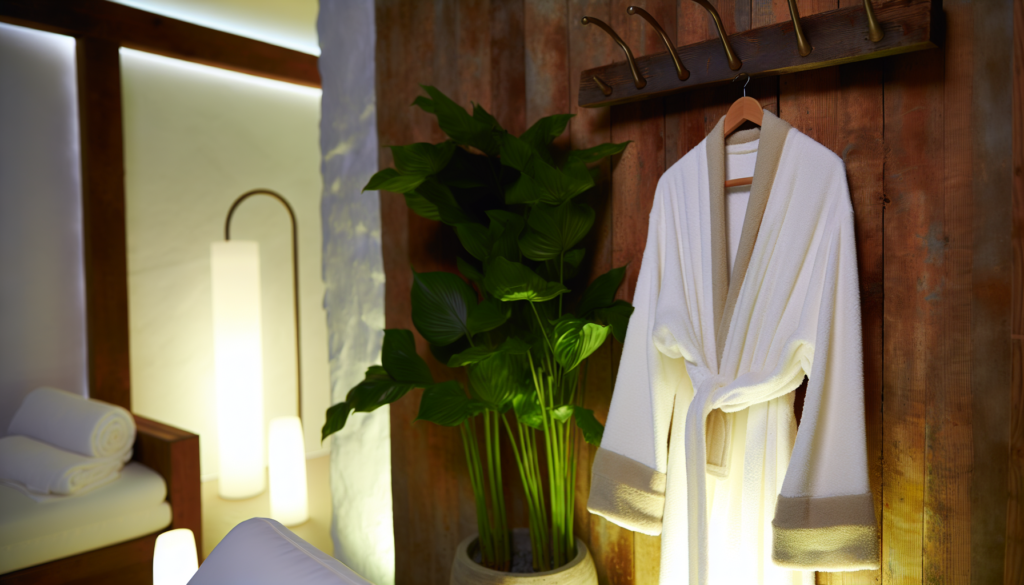Managing oily, acne-prone skin can feel like a full-time job. One minute, your face looks fresh and glowy; the next, it’s a slick mess with a surprise breakout. Sound familiar? The good news is that with the right skincare routine, you can control oil without stripping your skin and keep those pesky breakouts at bay. The trick lies in using the right products in the right order—without overloading your skin. Let’s break it down step by step so you can achieve a balanced, clear complexion without stressing over every little blemish.
Start With a Gentle, Oil-Control Cleanser
Washing your face is the most basic step, but if you’re using the wrong cleanser, you might be making things worse. Many people with oily skin think they need something harsh—like a foaming, alcohol-based formula—to get rid of excess shine. But here’s the catch: stripping your skin of too much oil can actually make it produce even more.
Look for a gentle, sulfate-free cleanser that removes oil and dirt without leaving your face feeling tight or dry. Ingredients like salicylic acid, tea tree oil, or niacinamide can help unclog pores and reduce breakouts. If you wear makeup, consider double cleansing—first with a lightweight oil-based cleanser (yes, oil can help remove oil!), followed by a gel or foam cleanser.
Use a Balancing Toner (No Harsh Alcohols!)
Toners have come a long way since the days of stinging, alcohol-laden formulas that dried out your skin. A good toner helps remove any leftover dirt or oil, tightens pores, and preps your skin for the next steps. But instead of reaching for something that makes your skin feel squeaky clean (which usually means it’s overly drying), go for a toner with soothing and oil-balancing ingredients.
Here are a few ingredients to watch for:
Avoid anything with high alcohol content unless it’s combined with hydrating ingredients.
Serums: Your Secret Weapon for Controlling Breakouts
Serums pack a punch because they contain concentrated active ingredients that go beyond just surface-level care. If you struggle with frequent breakouts, a targeted serum can help keep acne in check while balancing oil production.
A few superstar ingredients to consider:
If your skin tends to react easily, introduce one active ingredient at a time to avoid irritation.
Moisturizer Is Non-Negotiable
You might think skipping moisturizer will help keep your face less greasy, but that’s a myth. When your skin feels dry, it actually produces more oil to compensate. So, rather than ditching moisturizer, switch to the right type—something lightweight and non-comedogenic.
Look for:
If you’re dealing with redness or irritation from acne treatments, a soothing moisturizer with aloe vera or ceramides can help restore your skin’s barrier.
Sunscreen: The Unexpected Hero of Acne-Prone Skin
Here’s a step many people skip—big mistake. Sun exposure can make acne marks linger longer and worsen oil imbalance. Plus, if you’re using acne treatments like retinol or salicylic acid, your skin is more sensitive to UV damage.
Go for an oil-free, non-comedogenic sunscreen with at least SPF 30. Mineral-based sunscreens with zinc oxide can even calm irritation while protecting your skin.
Bonus tip: If you hate the greasy feel of sunscreen, try a mattifying formula that doubles as a primer.
Weekly Treatments: Clay Masks & Exfoliation
Adding a couple of extra steps to your weekly routine can take your skin from “managing breakouts” to “I woke up like this.”
But don’t overdo it—using too many treatments can irritate your skin and cause more breakouts. Stick to a mask or exfoliation 2-3 times a week max.
Small Lifestyle Tweaks That Make a Big Difference
Skincare isn’t just about what you put on your face. A few small changes in your daily habits can seriously improve your skin’s health.
Final Thoughts: Consistency Wins
A good skincare routine for oily, acne-prone skin isn’t about using every fancy product out there—it’s about sticking to the right combination of ingredients that balance oil production, fight breakouts, and keep your skin hydrated (without adding extra grease). Patience is key. You won’t see results overnight, but with consistency, your skin will become more manageable and clearer over time.







